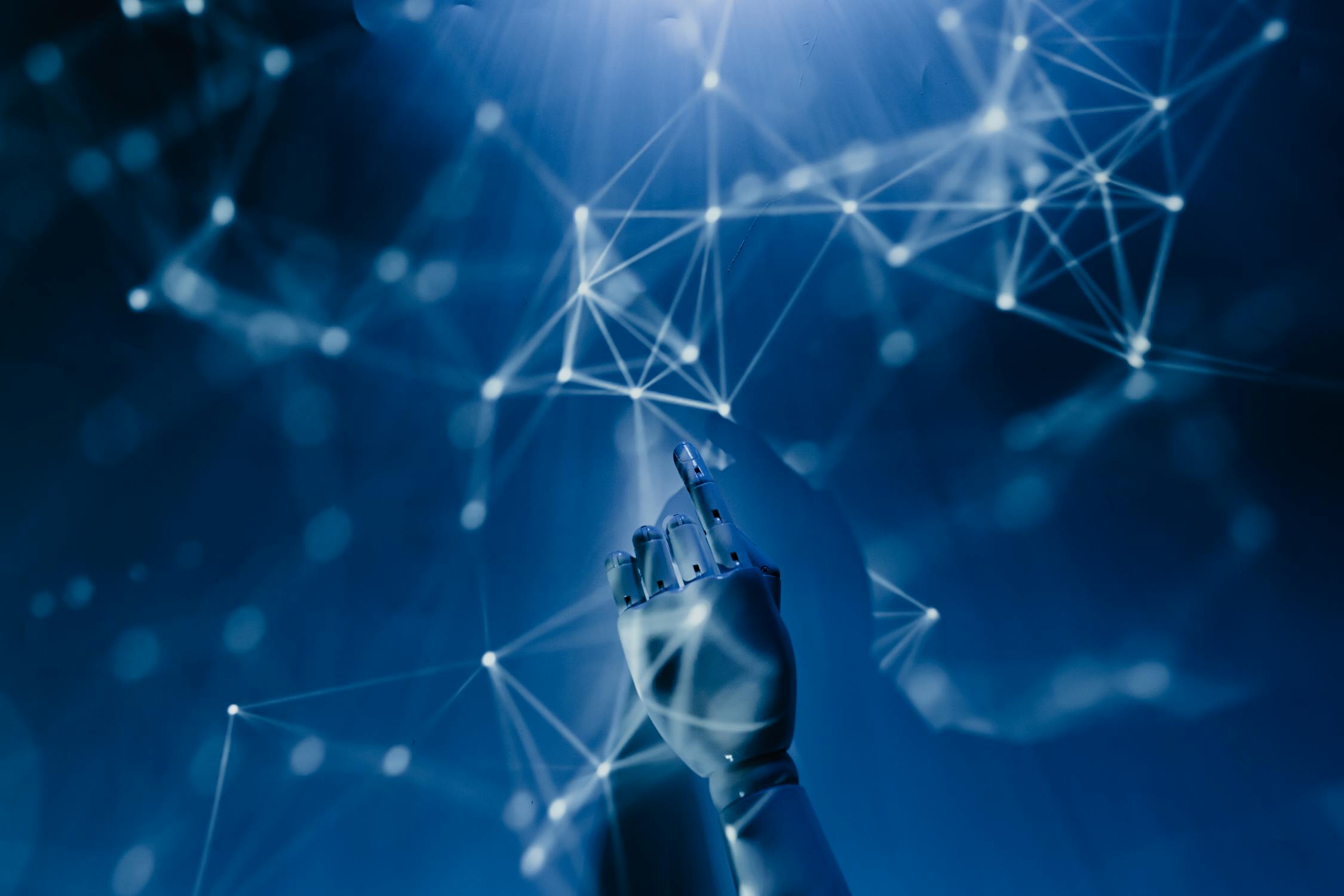
As IZ reports with reference to SciTechDaily, with the growth of digital data volumes and the need to protect them, scientists have developed an innovative system that combines holographic encryption and artificial intelligence. This approach allows for reliable protection of information by creating laser beams that change randomly and cannot be decrypted without access to a specially trained neural network. The development aims to revolutionize cryptographic technologies, opening up new horizons for protecting personal data, financial transactions, and government communications. Scientists believe that such a system can provide more effective protection against digital threats.
The basic principle of this encryption is to create chaotic optical patterns that appear when a laser beam passes through a special container with liquid. This allows you to achieve a level of protection that cannot be provided using traditional cryptographic methods. An important element of this system is the use of artificial intelligence, in particular neural networks, to decrypt information. This approach allows not only to increase the level of security, but also to make the system more flexible for use in real conditions, even with strong weather changes.
Artificial intelligence combined with holographic encryption methods allows neural networks to restore original images that have been encrypted using complex chaotic light patterns. These networks can achieve 90-95% accuracy in restoring information, which is a sufficiently high result for secure data exchange. However, scientists are not stopping there and are working to improve algorithms to further improve decryption efficiency.
In the future, this technology may become the basis for creating new ways to protect data in critical areas. Since the cost and size of laser equipment are an obstacle to its widespread implementation, scientists are looking for more affordable alternatives. However, if these problems are solved, the new cryptographic system can become a major tool for ensuring the security of digital communications.
Recall that earlier we wrote about a simple and effective approach to preventing digital fatigue.
